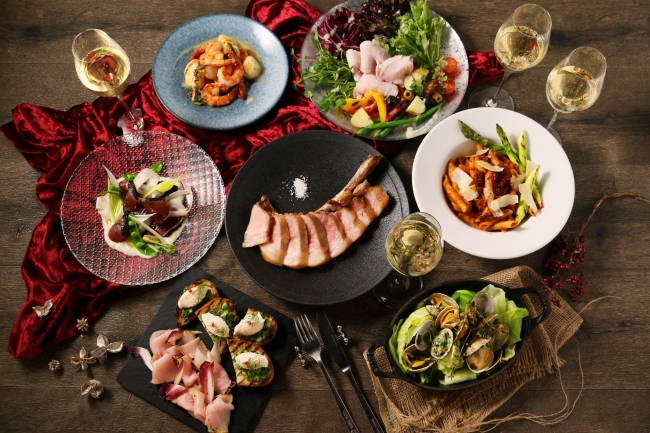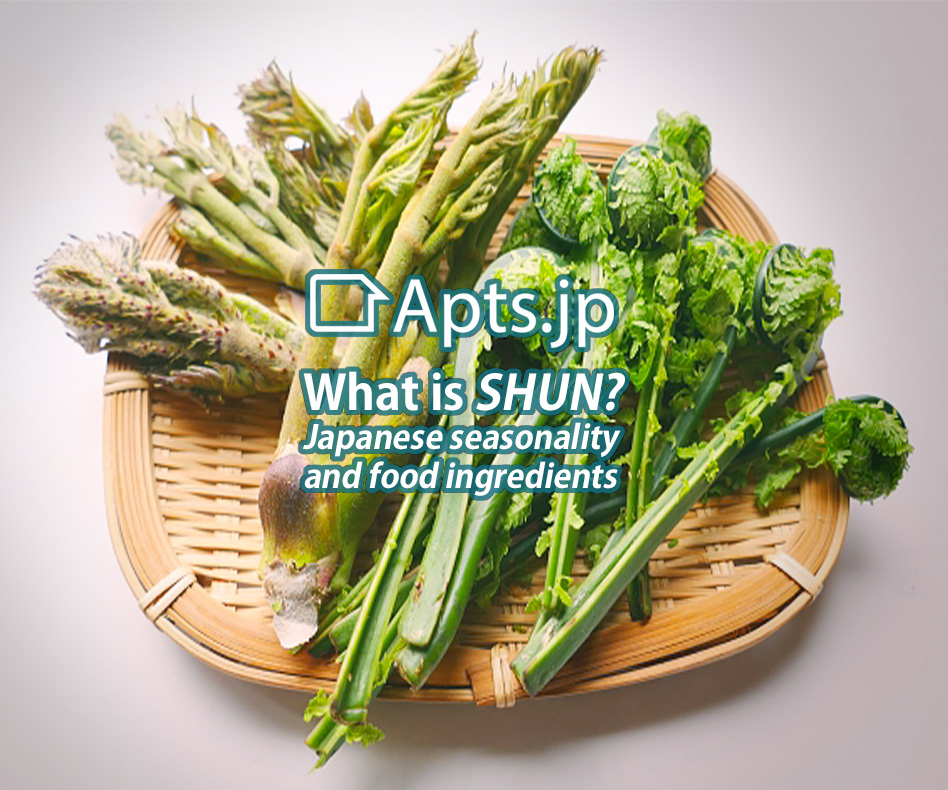Japan and Seasonal Foods
Food and the Seasons
With the passage of Hinamatsuri, spring is finally upon us in Tokyo (article posted in mid-March). If you look up at trees in the city, plum blossoms should now be gone with the buds of the Sakura trees getting bigger and bigger.
It is a major custom in Japan to enjoy seasonal changes; not just regarding the weather but also food and ingredients, as well.
Have you ever heard of the Japanese word Shun (旬)?
Shun, or “seasonality” in English, is defined as the most optimal time to eat certain foods. During this time period, ingredients are the freshest and most delicious; not to mention, often the most affordable time to purchase such ingredients.
However, shun can be as short as two weeks, so you must remain vigilant in order to enjoy it fully!
Even if you miss this short window, people in Japan enjoy the periods before and after shun as well.
The stage leading up to shun is referred to as hashiri. It is also sometimes called hatsumono or “first of the season”.
Prices during hashiri can be quite expensive as competition is fierce to get first pick of all the best food stuffs.
The last stage is referred to as nagori, which is the final opportunity to enjoy the food/ingredients while they are still in season.
Food is savored during this period with the knowledge that it will be a full year before the optimum season comes again.

Shun… Spring~
Whether asparagus and mushrooms, oysters and lobster, or various kinds of wild game—every country has seasonal food they are proud of. To everyone living in Tokyo– as a way to further enjoy Japanese culture (and eat lots of delicious food of course) we highly recommend reviewing what is in season.
Whenever you are out shopping or ordering food at a Japanese restaurant, how about asking the staff about shun!
